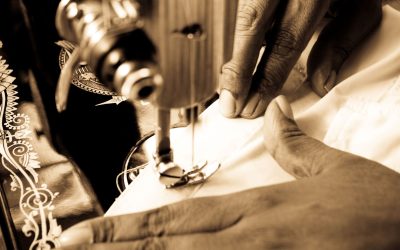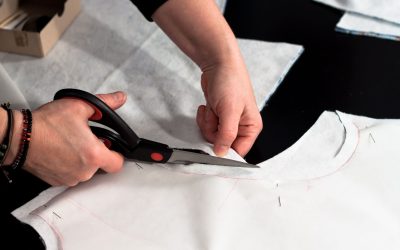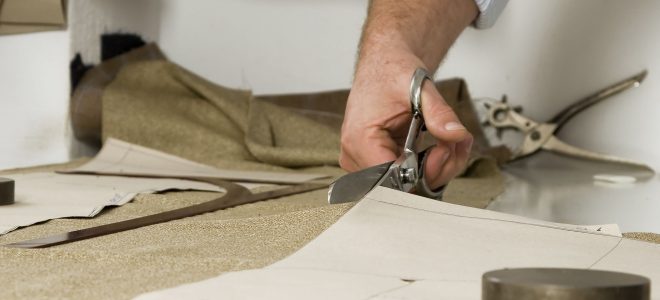Of course, if you know what Flare Fittings are you would never associate them with those bell bottomed trousers people wore in the ‘60’s. But, how many of us are actually familiar with Flare Fittings and where we might use them?
Engineering Terms
During the industrial revolution engineers and mechanics were busy inventing new “things” which hitherto did not have names. Some of the names used for their new products were as inventive as the thinking behind the product but, in many cases, they simply took an existing word and applied it to their invention – a process that was further complicated by several different engineers simultaneously and independently inventing much the same thing. I guess this is where and how the name for Flared Fittings came about.
Although the prime meaning of “flare” has to do with fire (as in “the flames suddenly flared up”) the word is also used to describe something that is smaller at one end and wider at the other and the transition is normally quite gradual. Just like those flared trousers that got wider from the knee downwards.
The fitting part of Flared Fittings may be harder to comprehend. Fit can mean that something is correct for its purpose – as when we have those trousers fitted to suit our leg size or even when we say that we ourselves are fit (meaning we are healthy enough to be living a normal life). However, fit can also mean to put something together or join up components into an assembly and this is the way that the early engineers took the word. A fitter was someone who built machinery and the components that he used in this process were known as fittings. Hence Flare Fittings are components used to connect “things” together.
Uses For Flared Fittings
Most Flared Fittings will be found when pieces of pipe, tubing or hose have to be joined together this could be on fuel delivery lines, domestic plumbing (especially associated with heating and ventilating systems), refrigeration tubing or any other application where relatively small diameters are involved. Flared Fittings are usually described by the angle of the flare. Thus a 45° flared fitting T-piece would be a standard T-piece where the outside diameter of each of the three openings tapers inwards at 45°. These are known as the male ends and their “slope” closely matches up with a corresponding angle within the other metal components to be joined to the T-piece. The component with the slope on its inside is known as the female piece. Alternatively rubber or plastic tubing can be forced up the male slope and secured by a clamp or clip.
For more information Custom Tailor New York, NY



